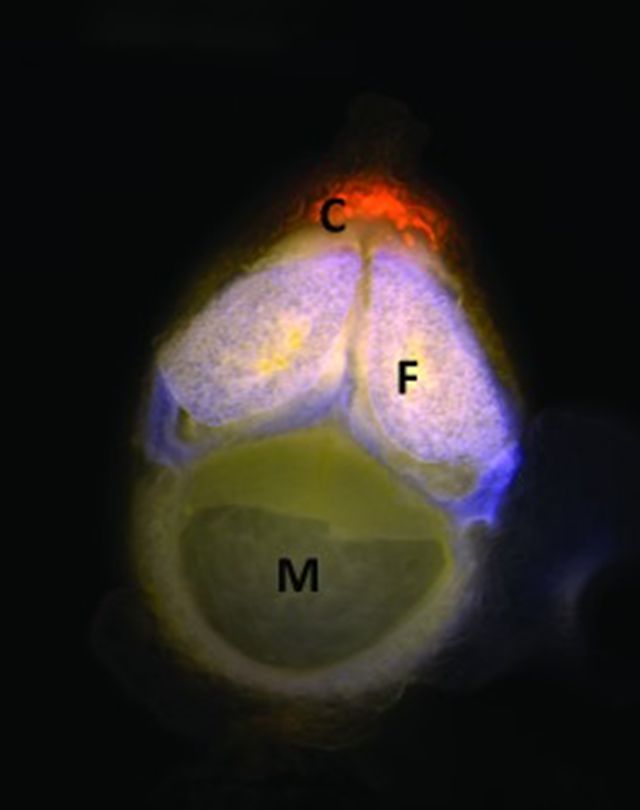- Two new species of slender gecko(2023-11-21)
- Researchers investigate floral d(2023-08-29)
- New Sonerila species reported fr(2023-08-28)
- Researchers present first pixel-(2023-08-22)
- DNA barcoding utilized for first(2023-07-28)
- Human presence influences overal(2023-07-27)
- Net diversification rate mainly (2023-07-19)
- New orchid species found in Tibe(2023-05-22)
- Study investigates reliability o(2023-05-16)
- New stoloniferous species of Beg(2023-05-08)
SYMPHY - reshaping Darwin’s tree of life
- date:2017-07-17
- views:0
An international team of researchers including Harald Schneider (Macroevolution & Conservation Group, CIC, XTBG) highlighted the need to study the phylogeny of symbiomes (symbiome phylogenetics = SYMPHY) besides the phylogeny of individual taxa to improve our understanding of the evolution of the tree-of-life (Tripp et al. 2017 Trends in Ecology and Evolution http://www.cell.com/trends/ecology-evolution/pdf/S0169-5347(17)30125-8.pdf). Much of the undeserved biodiversity on Earth is microbial which is frequently associated in mutualistic, parasitic, or symbiotic interactions with animals and plants. Limitations in our knowledge hampers our efforts to evaluate the critical role of the coevolution of symbiomes in the assembly and persistence of current ecosystems. The review stressed the importance to expand our current research on the phylogeny of symbiomes and their ecological-evolutionary consequences also in the context of the conservation of extant diversity. The review was initiated during a binational systematics workshop held in February 2016 in Guangzhou that was funded by US National Science Foundation and the National Natural Science Foundation of China (see also https://www.eurekalert.org/pub_releases/2017-06/ru-rdt060117.php; http://www.newswise.com/articles/view/674893/)

Example of Symbiomes from the Natural World. This is
a transverse section of the megaspore apparatus that shows the megaspore (m),
the floats (f), and the cyanobacteria. Image prepared by H. Schneider